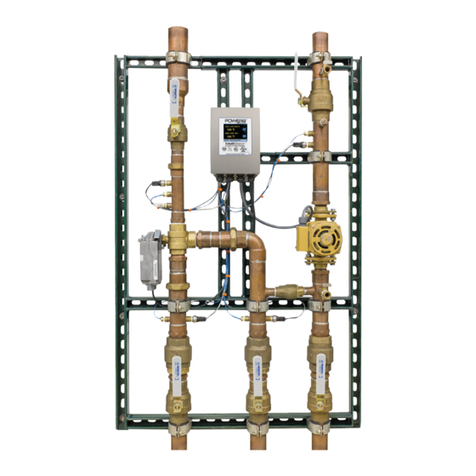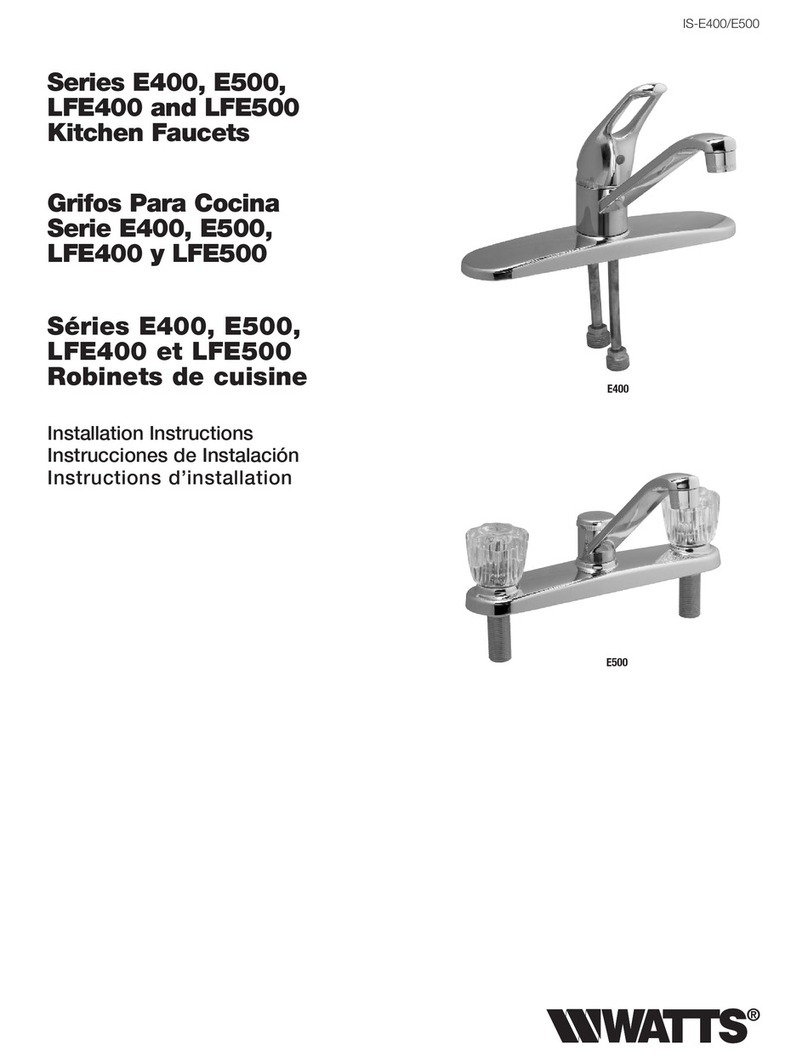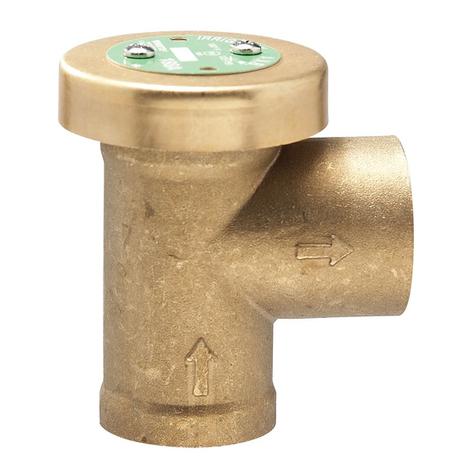Watts FEBCO 860 Series User manual
Other Watts Plumbing Product manuals
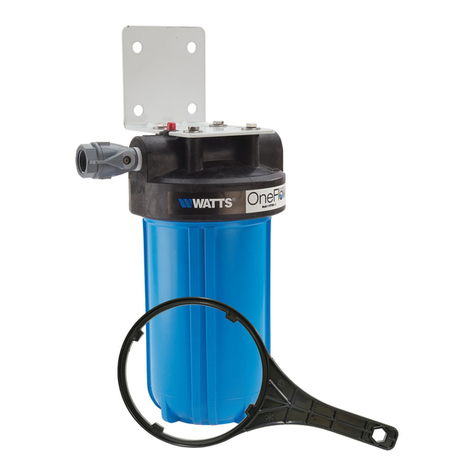
Watts
Watts OneFlow OFTWH-C User manual
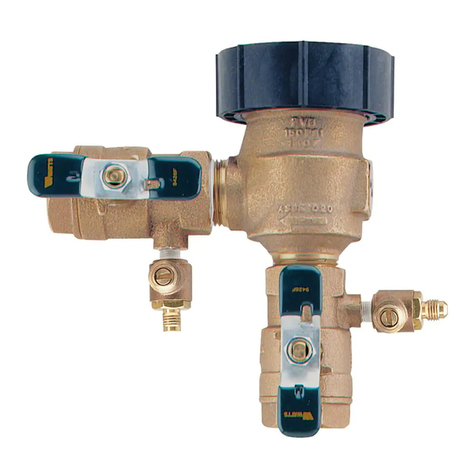
Watts
Watts 800M4 Series Instruction Manual
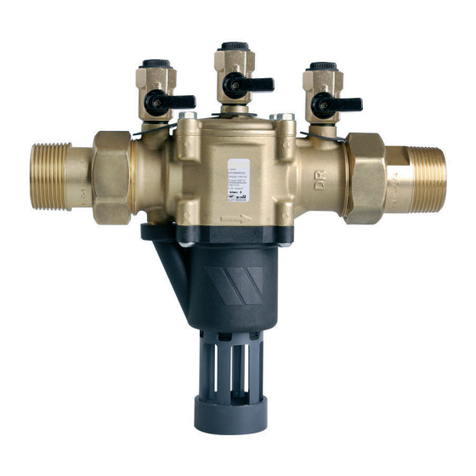
Watts
Watts SOCLA BA BM User manual

Watts
Watts AMES Deringer Series User manual
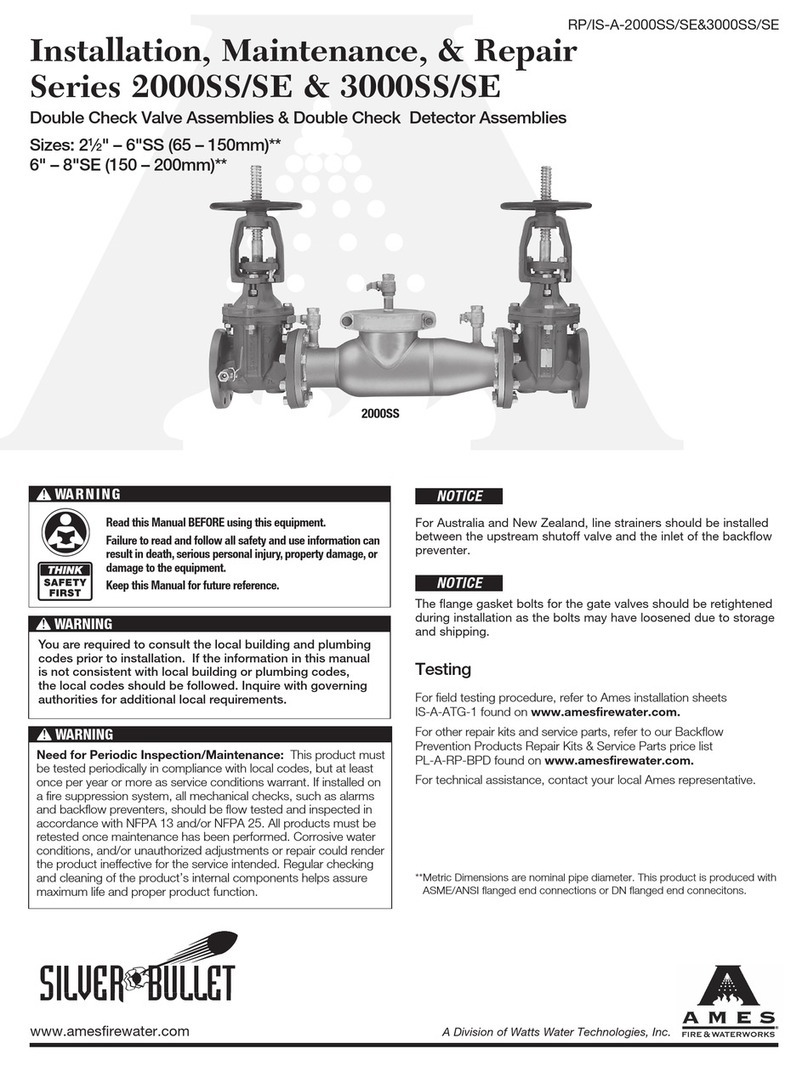
Watts
Watts AMES SILVER BULLET 3000SS Series Instruction Manual
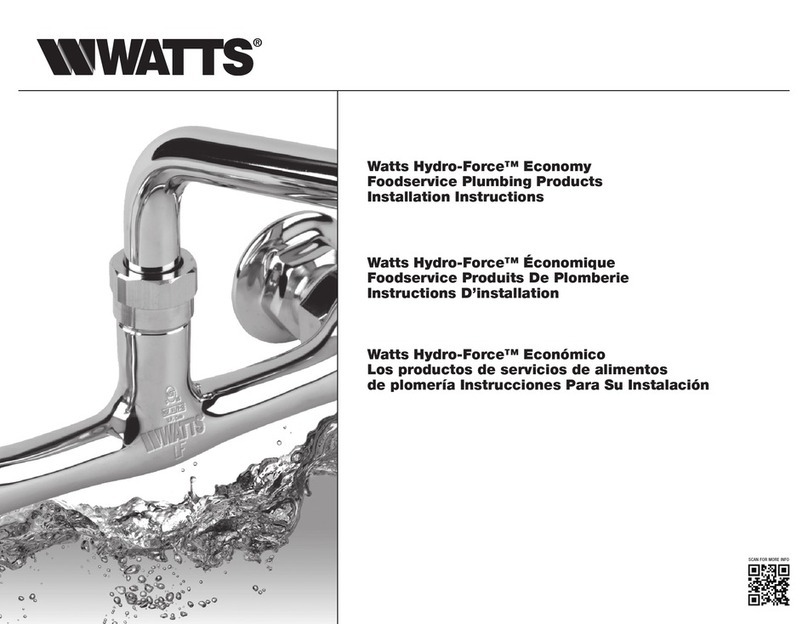
Watts
Watts Hydro-Force LFFRRV-H-C User manual
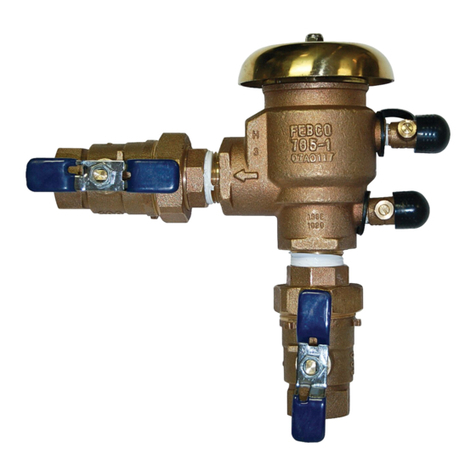
Watts
Watts FEBCO 765 Instruction Manual
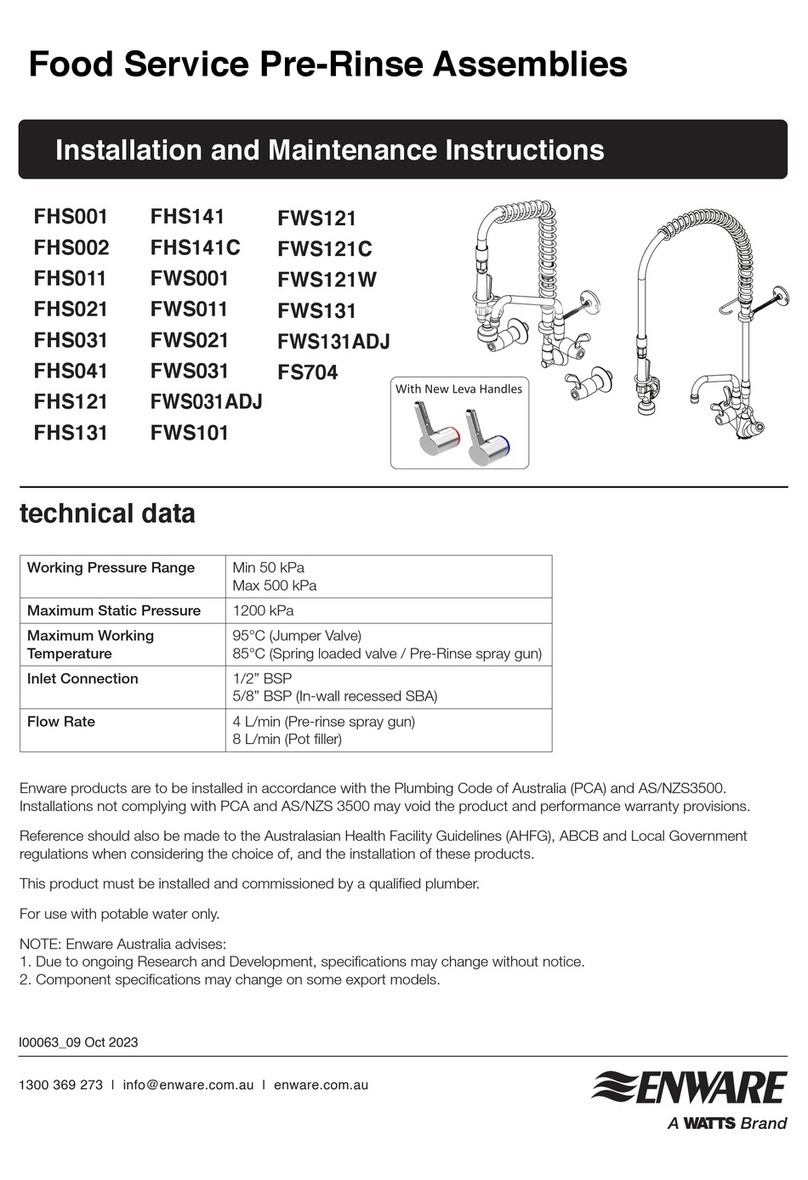
Watts
Watts ENWARE FHS001 User manual

Watts
Watts 800M4 Series Operating instructions
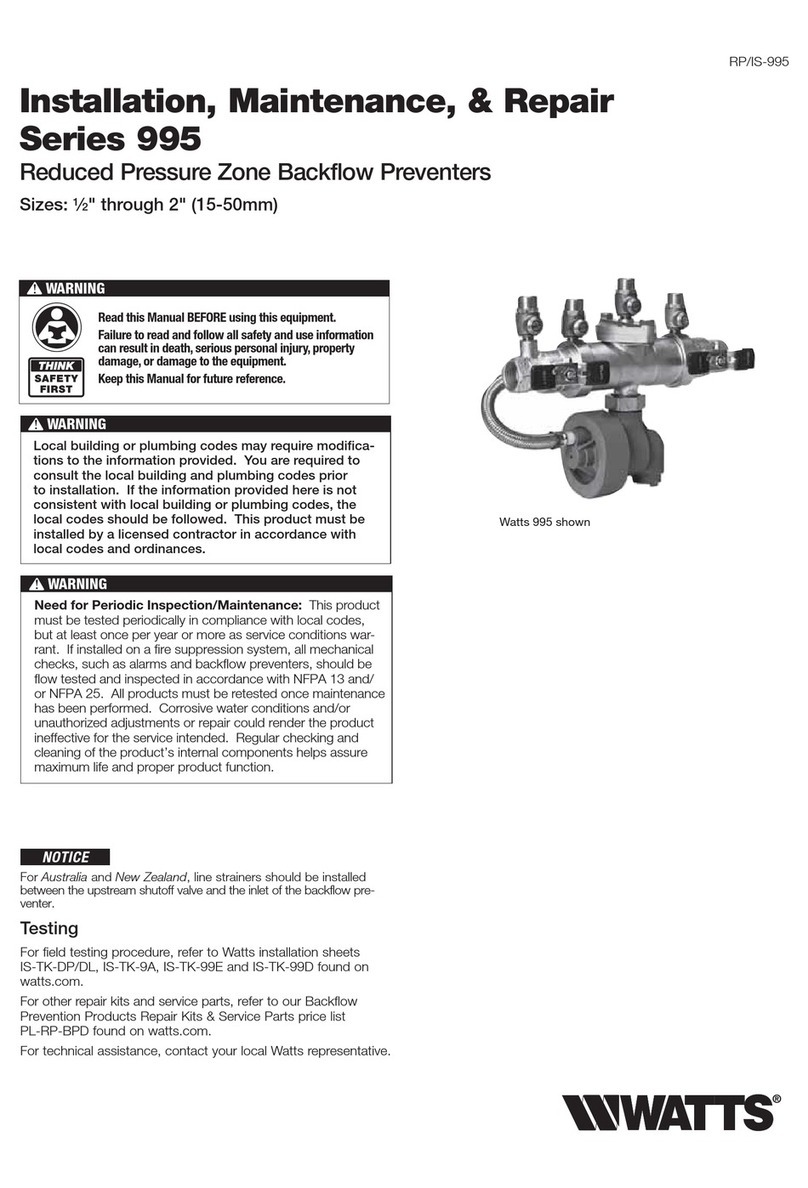
Watts
Watts 995 Series Instruction Manual
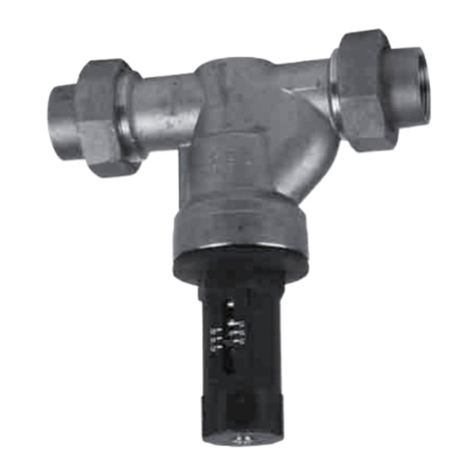
Watts
Watts N45BDU-EZ Series User manual
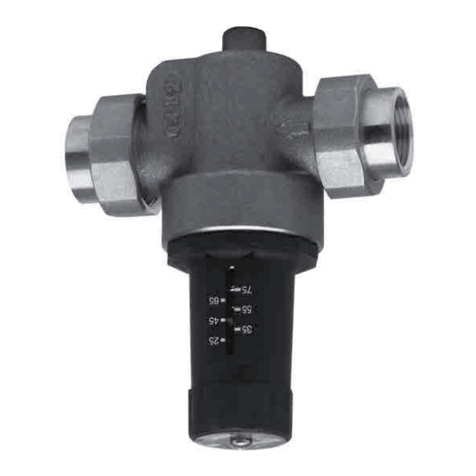
Watts
Watts LFN45B-EZ-M1 Series User manual
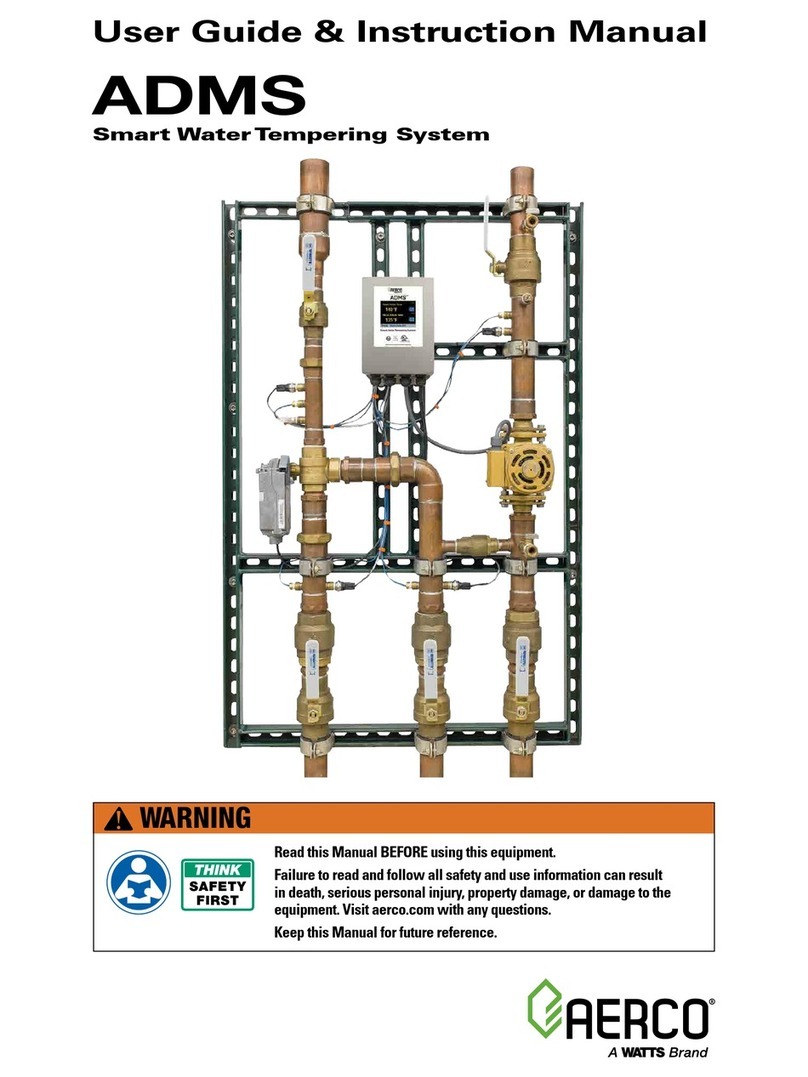
Watts
Watts AERCO ADMS Series User manual
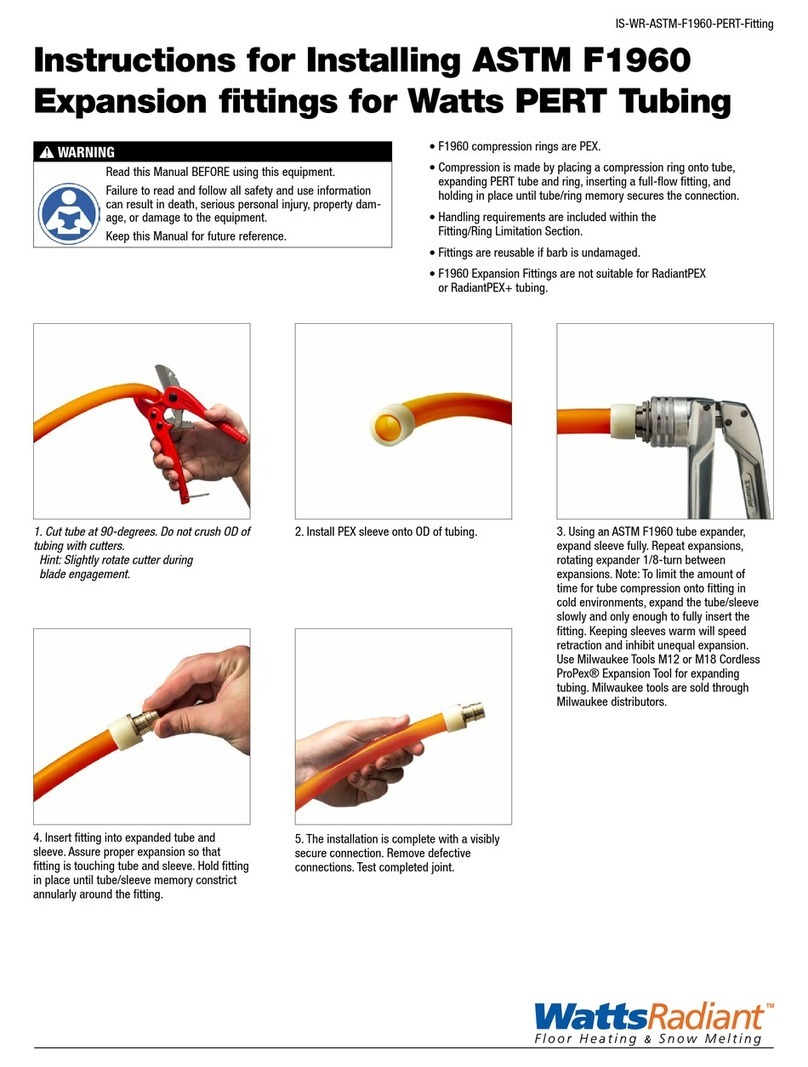
Watts
Watts Radiant ASTM F1960 Instruction Manual
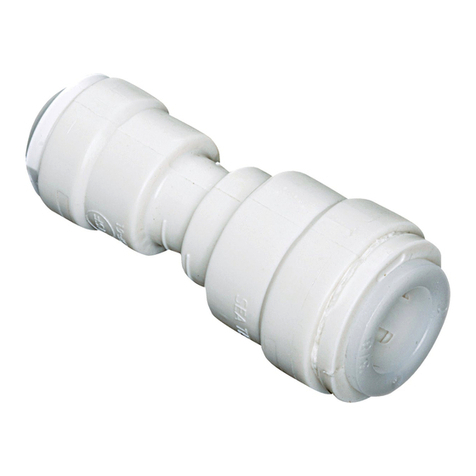
Watts
Watts Quick-Connect User manual
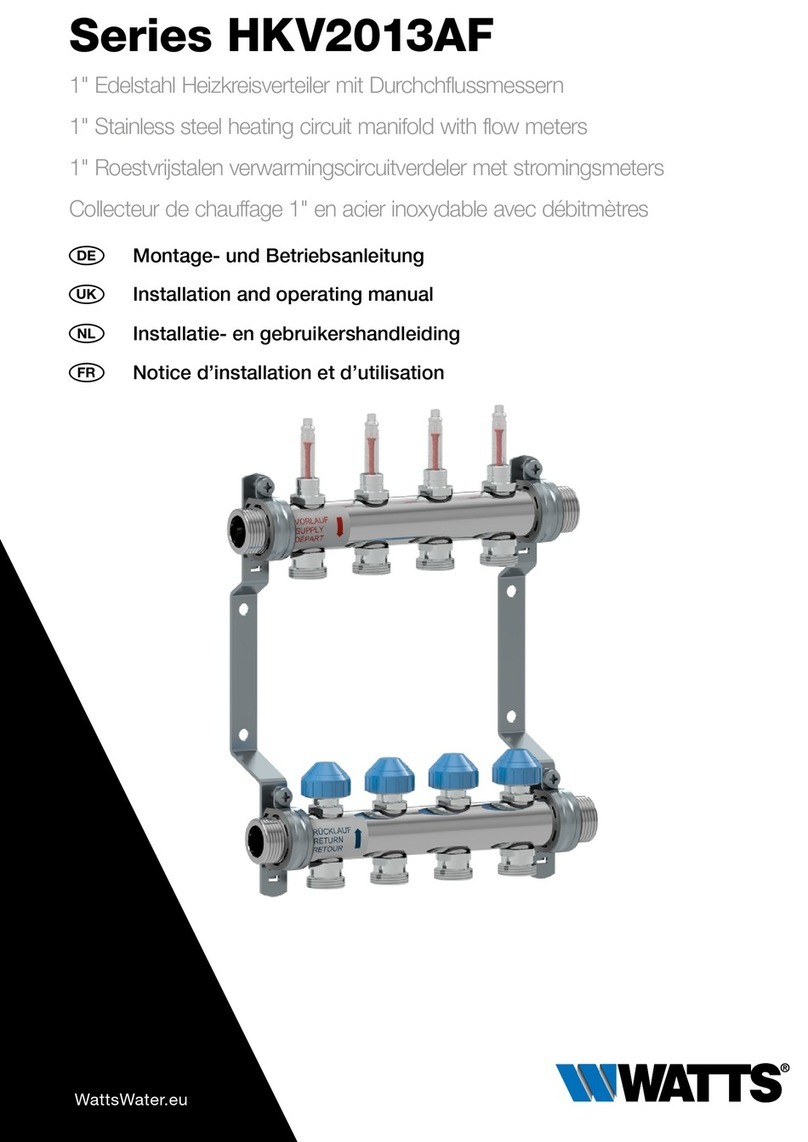
Watts
Watts HKV2013AF Series User manual

Watts
Watts OneFlow OFTWH-C User manual
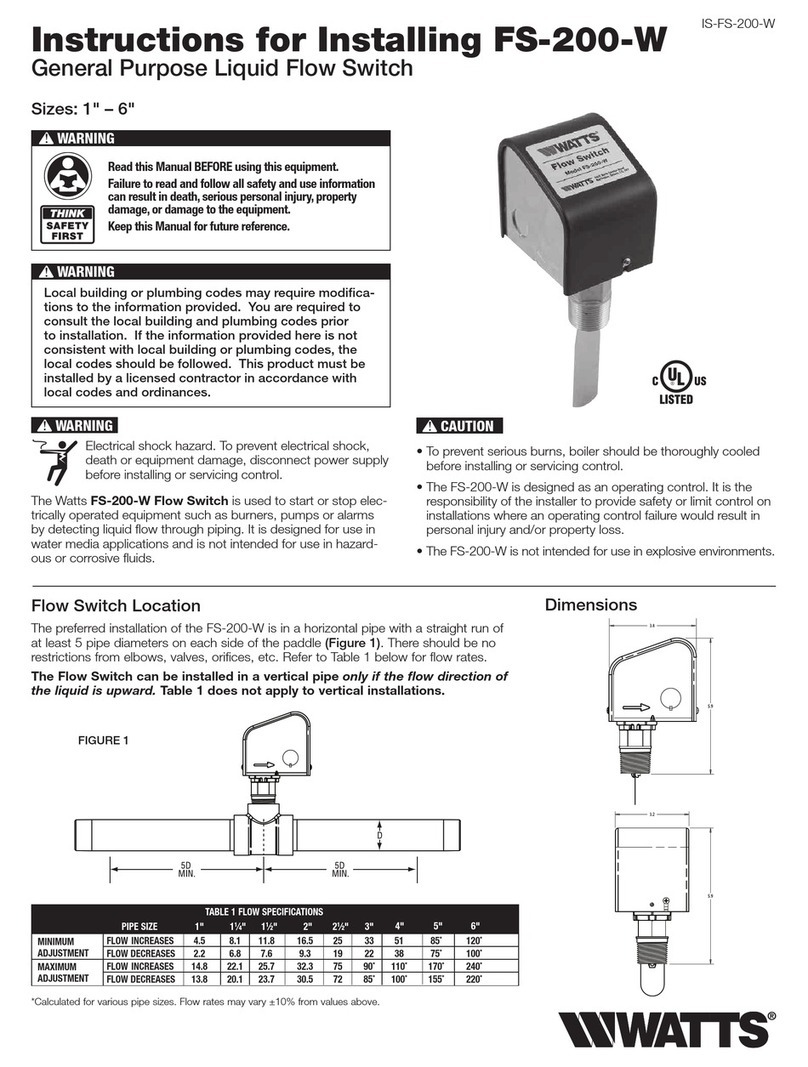
Watts
Watts FS-200-W Instruction Manual
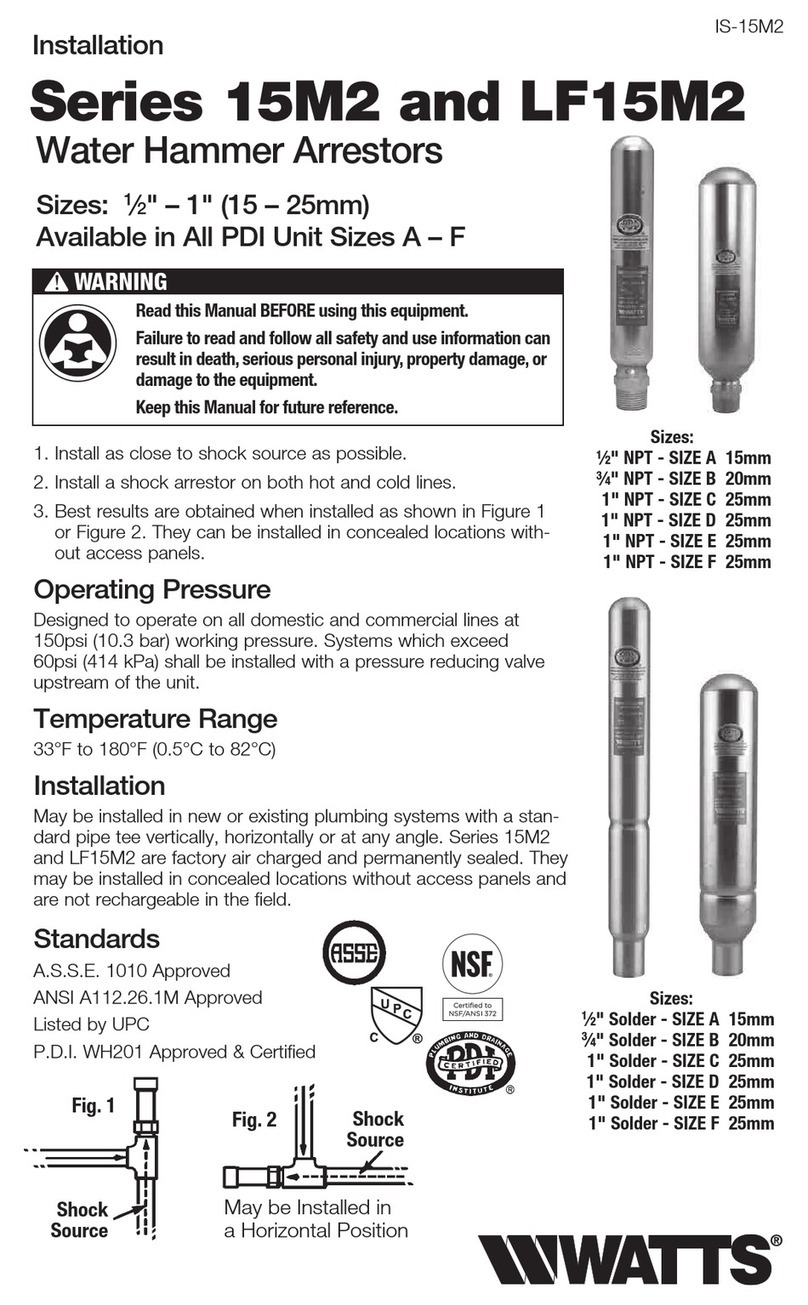
Watts
Watts 15M2 Series User manual

Watts
Watts 919 Series User manual
Popular Plumbing Product manuals by other brands

Moen
Moen SANI-STREAM 8797 manual

Grohe
Grohe Allure Brilliant 19 784 manual

Cistermiser
Cistermiser Easyflush EVO 1.5 manual

Kohler
Kohler Triton Rite-Temp K-T6910-2A installation guide

BEMIS
BEMIS FNOTAB100 Installation instruction

Hans Grohe
Hans Grohe ShowerTablet Select 700 13184000 Instructions for use/assembly instructions

Akw
Akw Stone Wash Basin Installation instructions manual

Enlighten Sauna
Enlighten Sauna Rustic-4 user manual

Moen
Moen ShowHouse S244 Series quick start guide

Sanela
Sanela SLWN 08 Mounting instructions

Franke
Franke 7612982239618 operating instructions

Heritage Bathrooms
Heritage Bathrooms Granley Deco PGDW02 Fitting Instructions & Contents List

Tres
Tres TOUCH-TRES 1.61.445 instructions

STIEBEL ELTRON
STIEBEL ELTRON WS-1 Operation and installation

Miomare
Miomare HG00383A manual

BELLOSTA
BELLOSTA revivre 6521/CR1 quick start guide

American Standard
American Standard Heritage Amarilis 7298.229 parts list

BorMann
BorMann Elite BTW5024 quick start guide
